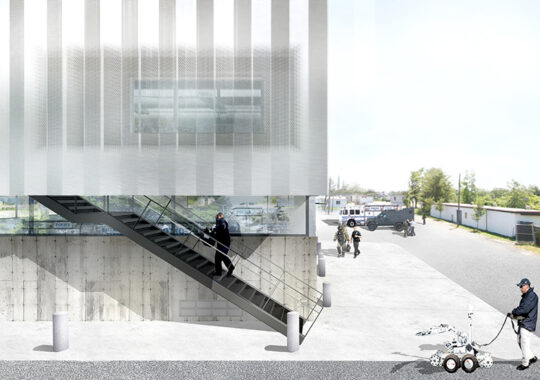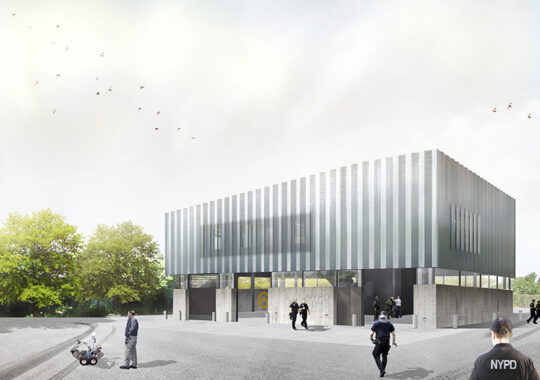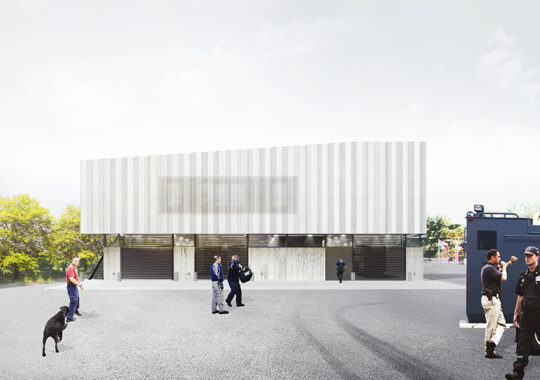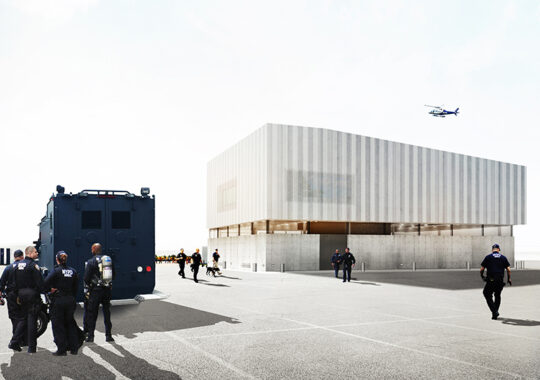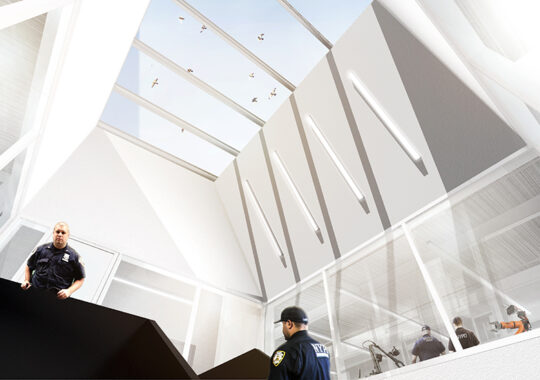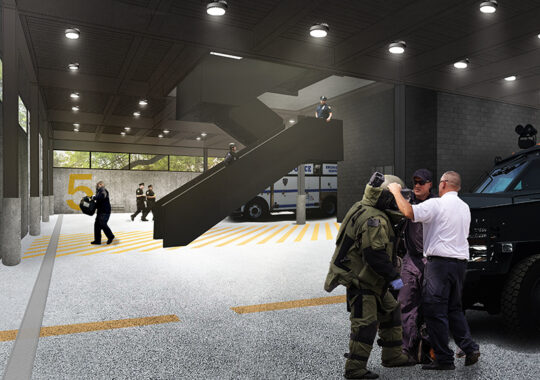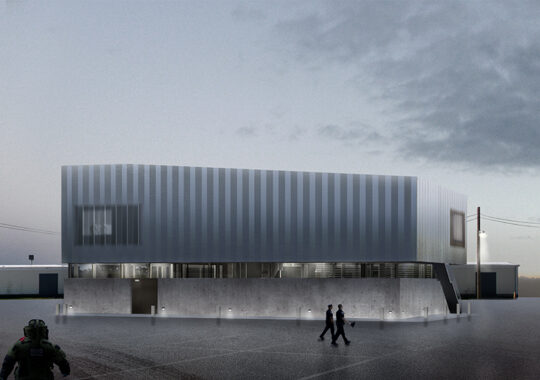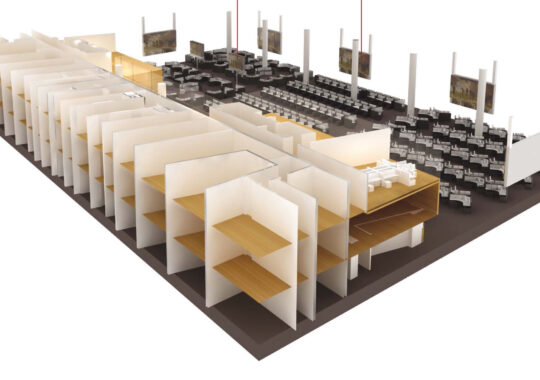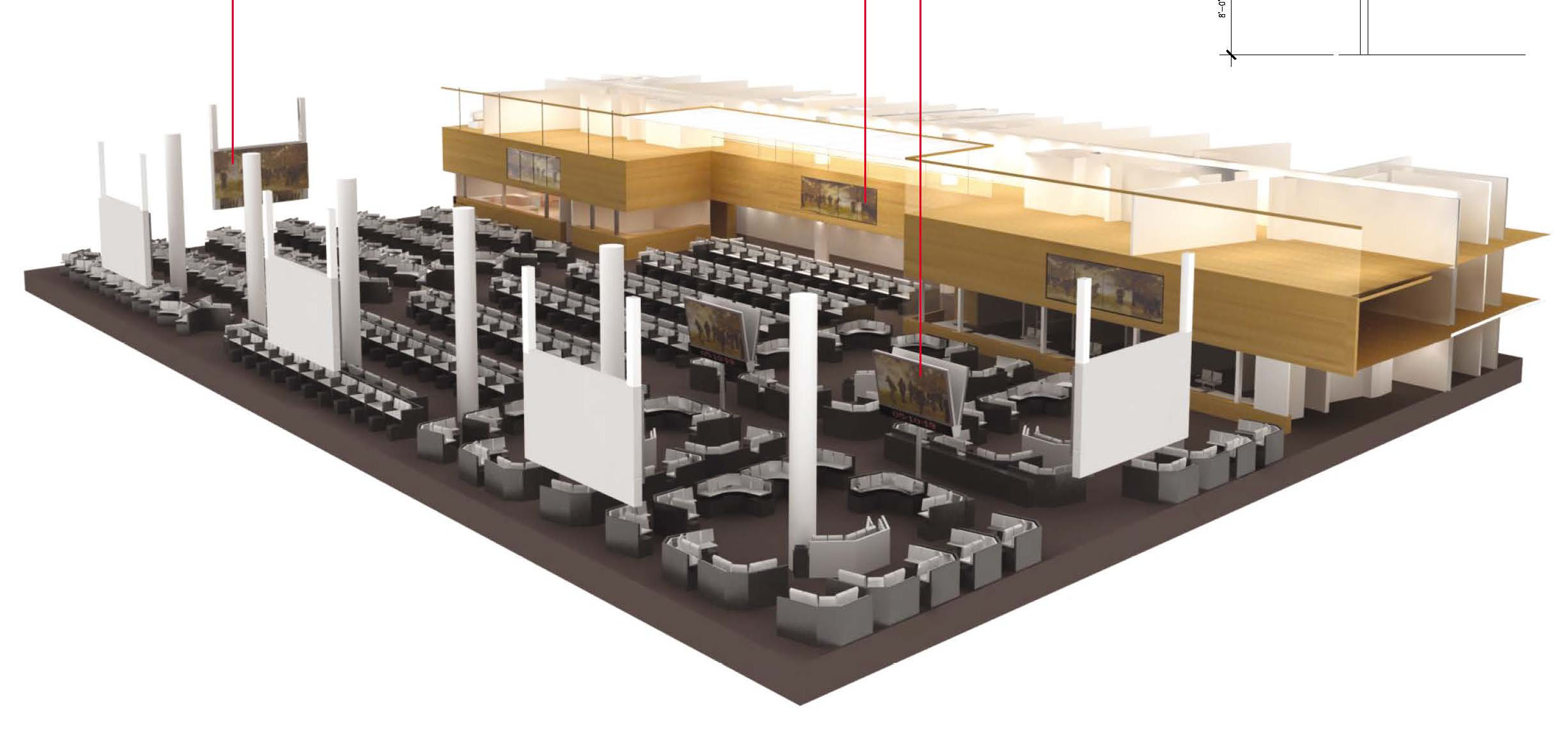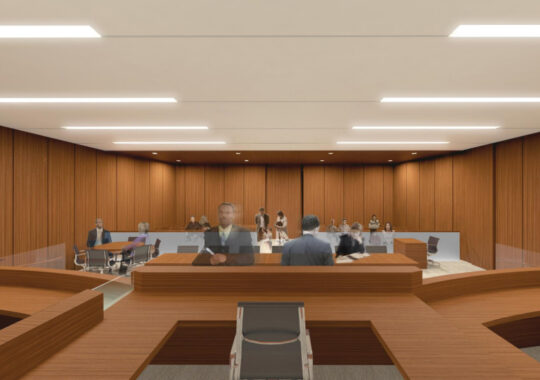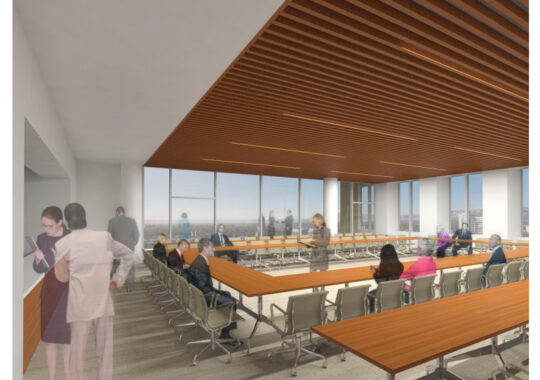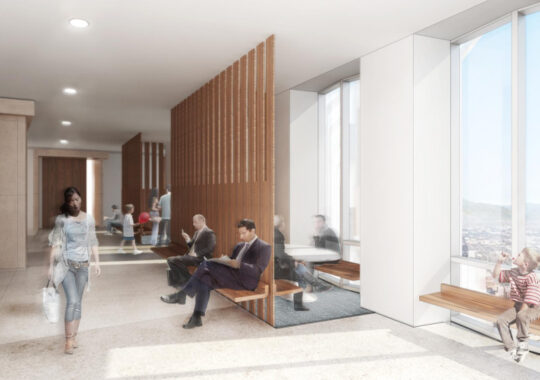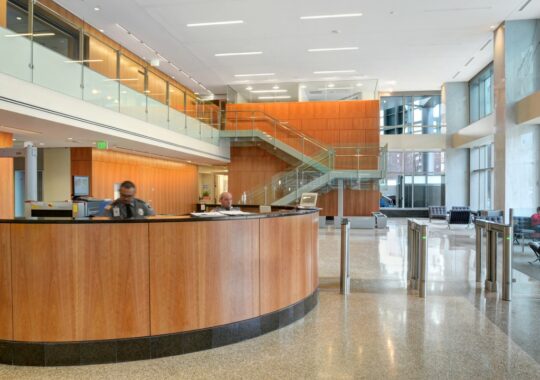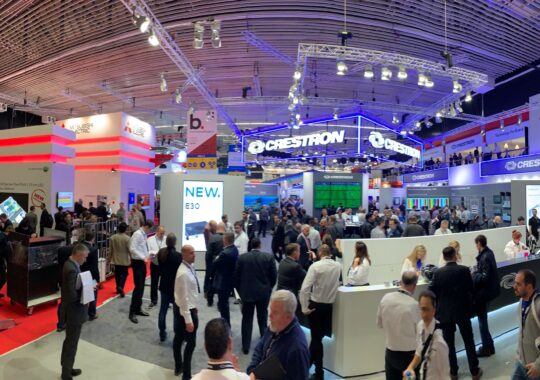Designing AV in Secure Environments Part 1: AV Elements that Compromise Security
- Mar 12, 2019

This two-part series will dive into the complexities of designing AV in Secure environments. Part 1 will address AV elements that can compromise security.
Audiovisual system design is a very technical discipline with complex challenges made exponentially more difficult when adding secure environment requirements. With a typical, non-secure AV design and installation, the main priority is maintaining signal integrity from sources like media players, computers, and live capture devices to end points like displays and speakers. However, in a secure environment the main priority becomes maintaining signal integrity while also safeguarding signal transport to eliminate the potential of information being surreptitiously received by unauthorized recipients.
Three AV elements that can compromise security include:
1) Sound Transmission.
This is as simple as someone or something (ie. a microphone) hearing or ‘eavesdropping’ on sound through walls, doors etc. This is typically mitigated by physical acoustic isolation and sound masking. Sound masking is the playing of white noise in areas around, but not in, the secure space. SMW’s Acoustic discipline provides recommendations on how to effectively achieve this. With the use of IR (infrared) wireless microphones in secure environments, audio can be received and reconstructed with the proper equipment, through an unprotected window.
2) Secure Video.
The most obvious ways to safeguard video are to close doors and protect windows. Windows must be protected by window treatments, blinds or a physical blocking. This is effective for blocking both video and audio transmission.
3) Separation of Secure and Unsecure.
A simple example of this is a secure PC or VTC codec connected to an unsecure network. An unsecure network is easy for hackers or spies to retrieve information from connected equipment while a secure network is not. This connection could be done by accident or intentionally, so this is why anyone touching secure equipment generally needs to have a security clearance
A more complex requirement for separation deals with electromagnetic radiation (EMR). Electromagnetic radiation is the way that electronic information (including AV) is transported over copper wires. EMR also is transmitted from this cable, over the air for short distances. Since the second world war, governments have known that information can be gathered from the EMR emanating from copper wires or physical equipment without being physically connected to them. Thus, EMR can be intercepted in order to view, hear or interpret this information. EMR can also be transmitted from a secure connection to an unsecure connection simply by having the copper wires too close together.
To prevent this, the US Government has developed standards to mitigate the interception of EMR signals. These standards were developed by the NSA and call for a minimum 36” physical separation between any copper devices (including wire) with different security levels. In a SCIF (Sensitive Compartmented Information Facility) there can be several different levels of security (example SIPR, NIPR, JWICS) and these physical isolations must be maintained between them all.
There is one method of AV transmission that however has no EMR. This is fiberoptic cables which, instead of transmitting electromagnetically, use pulses of light. Because of this, there is no requirement of physical separation for fiberoptic cables as there can be no electromagnetic radiation. However, the copper- based transmitter or receiver at the beginning and end of each fiberoptic cable must be separated for different levels of secure devices or networks.
Stay tuned for part two of this series, where we take a deeper look into audiovisual design considerations for secure environments.

